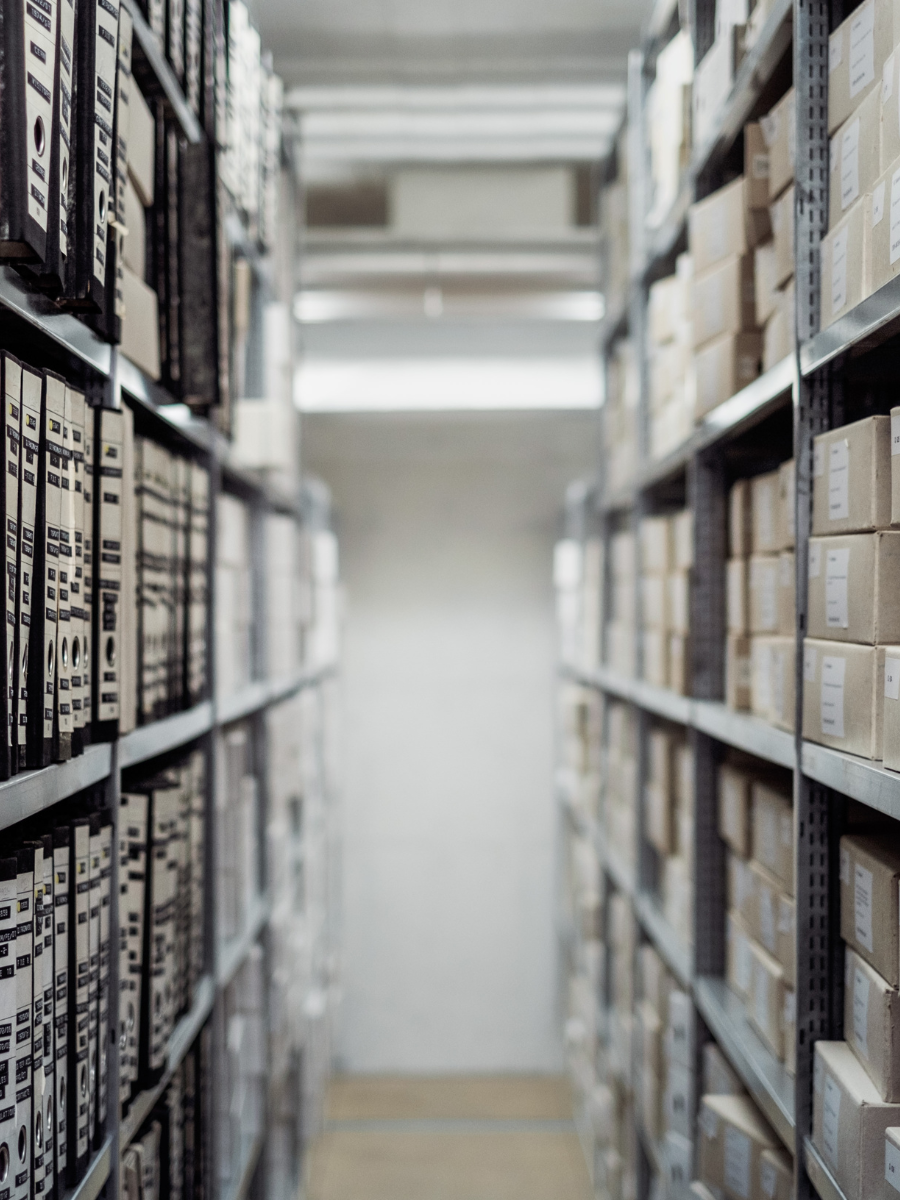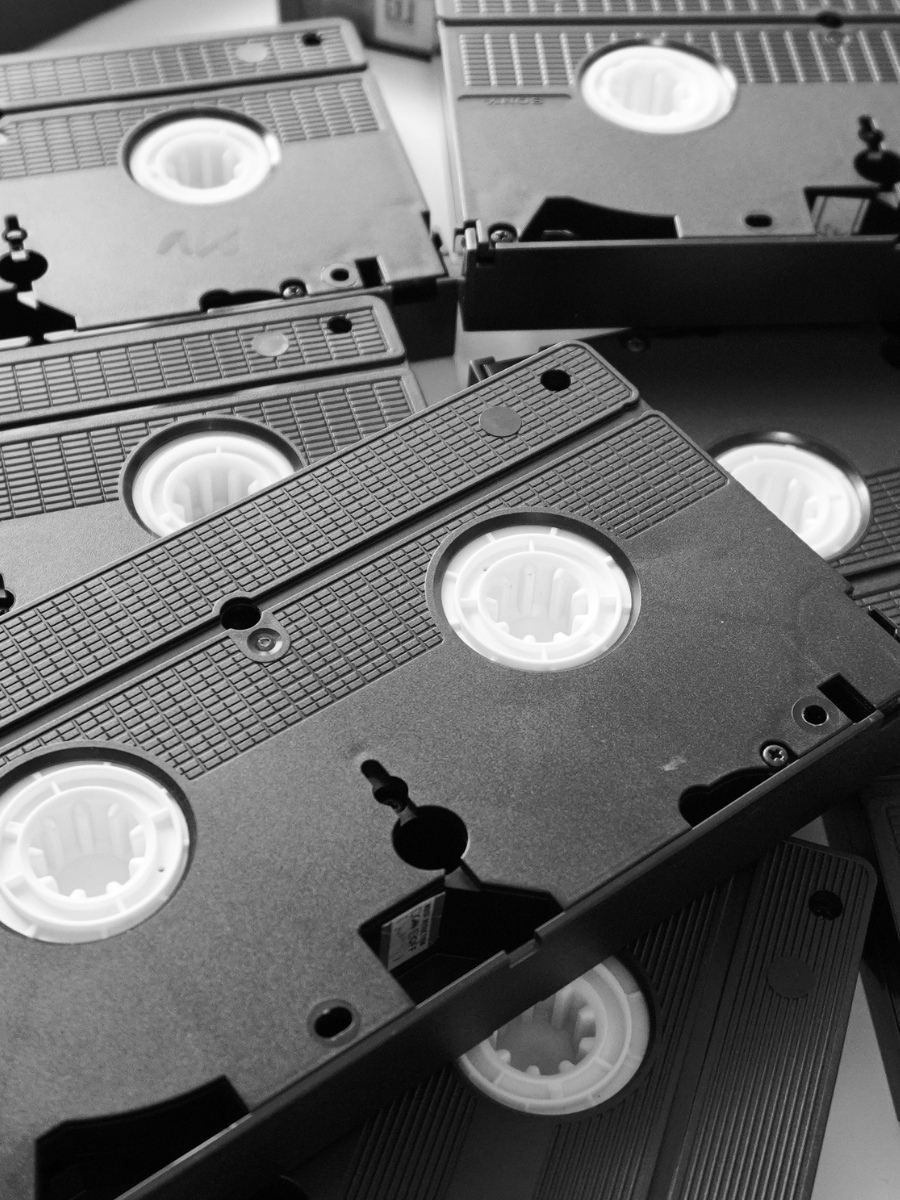Archives are the documentary by-product of human activity retained for their long-term value. The records created in the course of the everyday lives and actions of individuals and organisations offer direct insights into past events.
Like people, archives are diverse. They come in a variety of formats including text, photographs, video, sound, analogue and digital. Archives are held by individuals and institutions (both public and private) around the world, with the buildings housing them often sharing the name of ‘archives’.



According to the Universal Declaration on Archives, archives are a unique and irreplaceable heritage passed from one generation to another. Archives are managed from creation to preserve their value and meaning. They are authoritative sources of information underpinning accountable and transparent administrative actions. They play an essential role in the development of societies by safeguarding and contributing to individual and community memory. Open access to archives enriches our knowledge of human society, promotes democracy, protects citizens’ rights and enhances quality of life.
Can we trust archives?
Trust is of paramount importance in determining the societal value of archives. To achieve this, they must possess the following qualities:
- Authenticity – the record is genuine, i.e. it was created at the time and by the person or entity claimed in the document.
- Reliability – the trustworthiness of a document, reflecting the accuracy with which an archive represents its subject matter; however, even with highly reliable documents, information is bound to be filtered through the perspective of their author.
- Integrity – the quality of completeness, the idea that the full body of content is present to provide a coherent picture.
- Usability – the accessibility of an archive, in terms of both condition and storage location. Natural disasters, conflicts, and data corruption can all render archives useless, while state/institutional policies can also impede the practical usability of archives for citizens.
To ensure the authenticity, reliability, and integrity of an archive, it is essential to preserve details of its context and that of any other closely related documents. For example: the archive’s purpose, author, mode of production, content and format (i.e. the type of document).
It is of paramount importance always to remember that an archive is not to be regarded as the objective truth. Records serve as evidence of the activities of individuals or organisations at a given moment in time. As a result, they present a perspective that is influenced by the worldview and experiences of the entity producing them. As users of archives, we must not only be aware of this context when interpreting records but also of how our own worldview and experience will, in turn, colour our interpretation of an archival resource.
Characteristics
- Archives are only retained if they are considered to be of long-term historical value. Assessing this can be challenging, but collections must undertake the procedure since it is impossible to preserve for every single document ever produced.
- Archives are not consciously created as historical records. The value of archives stems in part from their contemporary nature and the insight they can thus give into specific historical moments.
- Archives are diverse in form. They come in an assortment of analogue and digital formats. Examples include, but are not limited to, written documents, online data, photographs, films, and audio recordings.
Sources
As you can see, archives are all around us; indeed, they are so common and diverse that we often fail to notice them. Archives can come from many sources including:
Would you like to find out more about this topic?
For a true sense of the sheer extent of archives, why not look at the views and opinions shared by our members and extended community during our 2020 social media campaign #AnArchiveIs?
You could also visit the page of the Forum of National Archivists (FAN) to discover more about the archival institutions that are part of the ICA network.